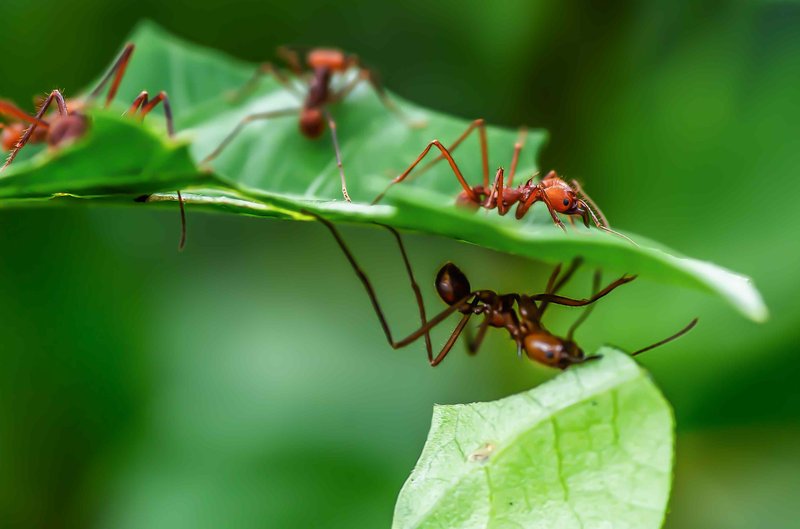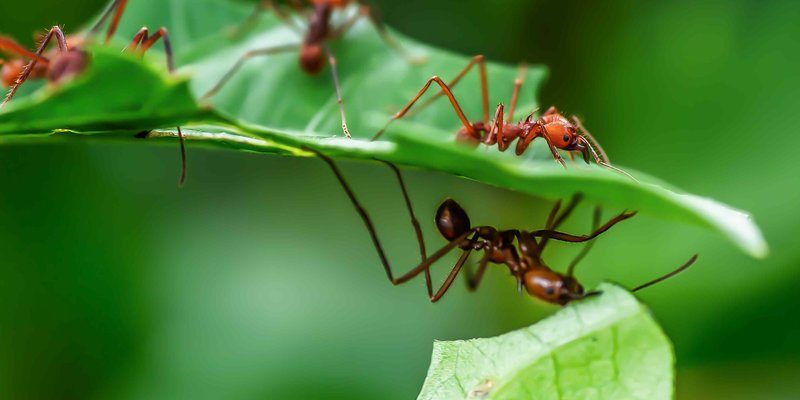
Let’s dive into the world of leafcutter bees. Imagine having a small, buzzing friend in your garden, tirelessly working away and helping your plants thrive. They cut out pieces of leaves to build their nests—hence the name. But as charming as they sound, it’s essential to understand their nature, especially if you’re a garden enthusiast or simply curious about the buzzing world around you.
What Are Leafcutter Bees?
Leafcutter bees belong to the *Megachilidae* family, and there are over 200 species of them! Unlike honeybees, these little critters don’t produce honey. Instead, they play a key role in pollination, making them fantastic helpers for your garden. They’re known for their unique behavior of cutting leaves—sometimes even petals—from plants to line their nests.
These bees are usually solitary, meaning they don’t live in large colonies like honeybees. Instead, they make their homes in small, snug spaces—like holes in wood or even in the ground. Picture a tiny architect, meticulously designing a cozy home with bits of leaves!
While they might seem harmless, it’s important to note that some people misunderstand these bees, thinking they might be aggressive or dangerous when in fact, they’re generally quite docile.
Do Leafcutter Bees Sting?
You might be wondering, “Do leafcutter bees even sting?” The short answer is yes, but it’s pretty unlikely that you’ll ever experience it. Leafcutter bees have the ability to sting, but they usually only do so if they feel threatened. Most of the time, they’re far more interested in gathering materials for their nests than in bothering people.
When a leafcutter bee does sting, many people describe the sensation as mild and similar to a mosquito bite. Here’s the kicker: their stings are pretty rare since these bees are more focused on their work, buzzing around flowers rather than seeking out trouble.
If you’re gardening and see one buzzing nearby, it’s best to remain calm and give it space. They’re not out to get you—just doing their thing!
Aggression: What to Expect
Leafcutter bees have a reputation for being non-aggressive. If you’ve ever had a honeybee buzz around you, you might have felt a bit of panic. With leafcutter bees, you can breathe a sigh of relief. These little guys are not aggressive by nature.
They’re more like introverts at a party; they prefer to keep to themselves. If you accidentally disturb their nesting area or get too close, they might display a little defensive behavior. However, it’s usually more about flying away than attacking.
In the rare event that they do sting, it’s often just a quick zap, like a little reminder to give them some space. So, when it comes to aggression, just remember to respect their territory and enjoy watching them work—far away from their nests!
Leafcutter Bees and Humans
So, how do leafcutter bees fit into our world? They’re actually incredibly beneficial! As pollinators, they help flowers reproduce, which leads to more fruits and vegetables for us to enjoy. If you’ve ever munched on a juicy strawberry or admired a beautiful garden, thank a leafcutter bee!
Having these bees around can be more helpful than harmful. They’re attracted to many garden plants, so if you want to encourage them, consider planting flowers and plants that they love. Just be sure to give them some space—a buzzing bee is often more interested in the flowers than in you!
If you’re gardening, you might want to embrace the leafcutter bee as a natural ally. They might be small, but their impact is enormous.
How to Stay Safe Around Leafcutter Bees
If you’re wondering how to coexist safely with leafcutter bees, here are a few tips:
- Observe from a distance: Enjoy watching these fascinating insects from afar. Getting too close might provoke them.
- Avoid unnecessary movements: If you see one nearby, stay calm and still. Fast movements may startle them.
- Plant bee-friendly flowers: Create a welcoming environment by planting flowers that attract leafcutter bees, but keep your distance when they’re nearby.
- Don’t disturb their nests: If you spot a leafcutter bee nest, give it space. They’re protective of their homes.
By following these simple guidelines, you can admire these little pollinators without getting stung.
In the grand scheme of things, leafcutter bees pose minimal danger to humans. Let’s face it: these fascinating insects are more helpful than harmful, playing a crucial role in pollination and boosting our gardens. Their tendency to sting is very low, and their nature is mostly peaceful.
Next time you see a leafcutter bee buzzing around your flowers, take a moment to appreciate the work they’re doing. By giving them space and respecting their home, you can enjoy the beauty of these little creatures while they support the plants you love.
So, is the leafcutter bee dangerous? Not really! Just think of them as your garden’s tiny, dedicated helpers, working away to ensure everything blooms beautifully.

